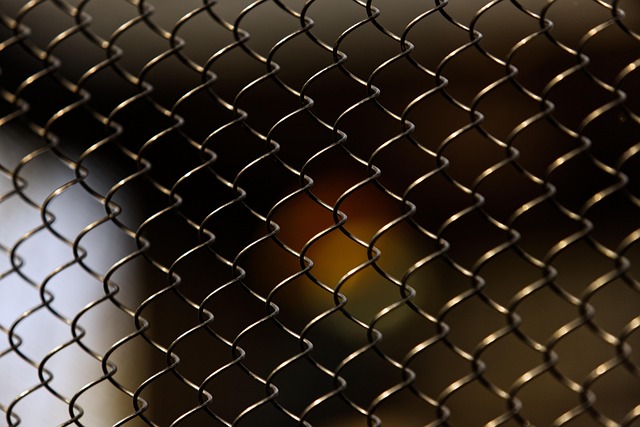DIY Fence Installation Tips for New Bedford, Massachusetts Homeowners
Considered both a functional and aesthetic addition to any property, installing a fence offers numerous benefits to New Bedford homeowners. This guide is designed to walk you through the DIY fence installation process, from understanding your options specific to New Bedford homes, to preparing the ground, assembling the fence, and final touches. By following these comprehensive steps, you’ll ensure a successful project that enhances your property’s value and security.
- Understanding Your Fence Options for New Bedford Homes
- Measuring and Planning for Successful Installation
- Preparing the Ground: A Step-by-Step Guide
- Assembly and Post Placement: Building Your Fence
- Final Touches and Maintenance Tips for Longevity
Understanding Your Fence Options for New Bedford Homes
When it comes to fencing your New Bedford, Massachusetts home, there’s a world of options to consider. From traditional wood fences that offer classic charm and natural aesthetics, to modern vinyl fences known for their low maintenance and durability, or even sleek metal fences that add a touch of contemporary style—the choice is yours. Each material has its unique advantages and considerations in terms of cost, lifespan, appearance, and upkeep. Understanding these variations will help guide your decision-making process as you embark on your DIY fence installation project.
Additionally, different types of fences serve various purposes. Whether you’re looking for privacy, security, or simply a decorative element to enhance your outdoor space, each option has something unique to offer. For instance, tall fences provide maximum seclusion, while shorter ones can define property boundaries without blocking light and views. Knowing your priorities will ensure you select the most suitable fence type for your New Bedford home.
Measuring and Planning for Successful Installation
When planning to install a DIY fence in New Bedford, accurate measuring is key. Take time to survey your property’s perimeter, noting any irregularities or obstructions like trees or utility lines that might affect your measurements. Use a tape measure to record these dimensions clearly, ensuring you have enough space for posts and the chosen fence material. Create a detailed plan based on these measurements, considering the type of fence (wooden, vinyl, chain-link), its height, and design preferences.
This planning stage is crucial for a successful installation. Marking out the fence line with string or spray paint can help visualize the layout. Check local building codes and regulations to ensure your chosen design complies. Proper planning will not only result in a more aesthetically pleasing fence but also one that’s securely installed, providing privacy and security for your New Bedford home.
Preparing the Ground: A Step-by-Step Guide
Before installing your fence, preparing the ground is a crucial step. Start by clearing the area where the fence will be placed, removing any vegetation, rocks, or debris. Use a flat shovel to loosen the soil along the intended fence line, digging approximately 6-8 inches deep to ensure a solid foundation.
Next, level the ground using a rake to create an even surface. Consider measuring and marking the layout of your fence with chalk to ensure straight lines and consistent heights. This meticulous preparation will make the actual installation process much smoother and more efficient for New Bedford homeowners.
Assembly and Post Placement: Building Your Fence
When assembling your fence, start by laying out the posts at the desired intervals along the perimeter you wish to enclose. Ensure they are level and properly spaced using a measuring tape as a guide. Dig holes for each post using a post-hole digger, making sure the holes are deep enough to support the length of your fence posts. Place the posts in the holes, ensuring they stand upright and level. Use concrete to secure the posts in place, allowing it to set completely before proceeding.
After the posts have been firmly established, attach the horizontal rails or stringers to them. These will provide a base for the fence panels. Make sure the rails are level and securely fastened using appropriate hardware like nails or screws. With the framework complete, you can now install your chosen fence panels, securing them to the rails with brackets or nails, depending on the type of panel and your personal preference.
Final Touches and Maintenance Tips for Longevity
Once your fence is fully installed, take a step back to admire your handiwork. The final touches include ensuring all posts are securely in place and all gates operate smoothly. Inspect your work for any loose nails or screws and tighten as needed. Apply a fresh coat of paint or sealant if desired, enhancing the aesthetics and protecting the fence from the elements. Regular maintenance is key to keeping your new fence looking its best and lasting for years to come. Keep an eye out for damaged sections, replacing any broken boards or posts promptly. Seasonal cleaning, such as removing leaves and debris in the fall, will prevent buildup that could weaken the fence structure.
